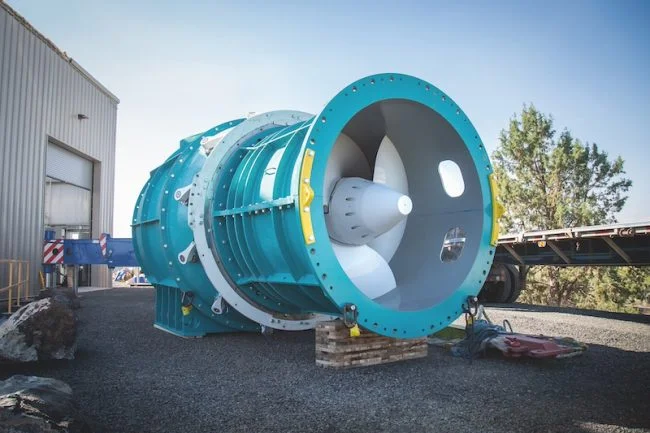
The oil and gas rig count, an early indicator of future output, fell by four to 600 in the week to May 24, the lowest since January 2022. , ,
Baker Hughes said that puts the total rig count down 111, or 16%, below this time last year.
Baker Hughes said oil rigs were unchanged at 497 this week, while gas rigs fell by four to 99, their lowest since October 2021.
That cut the rig count in a couple of states and one basin to their lowest levels in years.
In Texas, the state with almost half of the country's operating rigs, the count fell by three to 287, the lowest since February 2022, while in West Virginia, drillers cut two rigs, leaving just six active units, the lowest since August 2020.
In the Marcellus in Pennsylvania, West Virginia and Ohio, the nation's biggest shale gas-producing basin, the rig count fell by three to 26, the lowest since October 2021.
The oil and gas rig count dropped about 20% in 2023 after rising by 33% in 2022 and 67% in 2021, due to a decline in oil and gas prices, higher labor and equipment costs from soaring inflation and as companies focused on paying down debt and boosting shareholder returns instead of raising output.
U.S. oil futures were up about 9% so far in 2024 after dropping 11% in 2023. U.S. gas futures have inched up about 2% so far in 2024 after plunging by 44% in 2023.
That increase in oil prices should encourage drillers to boost U.S. crude output from a record 12.9 million barrels per day (bpd) in 2023 to 13.2 million bpd in 2024 and 13.7 million bpd in 2025, according to the latest U.S. Energy Information Administration (EIA) outlook.
But a drop in gas prices to 3-1/2-year lows earlier this year led several producers to slash spending and reduce drilling activities, which should cause U.S. gas output to drop to 103.0 billion cubic feet per day (bcfd) in 2024 from a record 103.8 bcfd in 2023, according to the EIA.
That reduction in gas drilling activity is visible in the decline in rig counts in West Virginia and the Marcellus shale.







